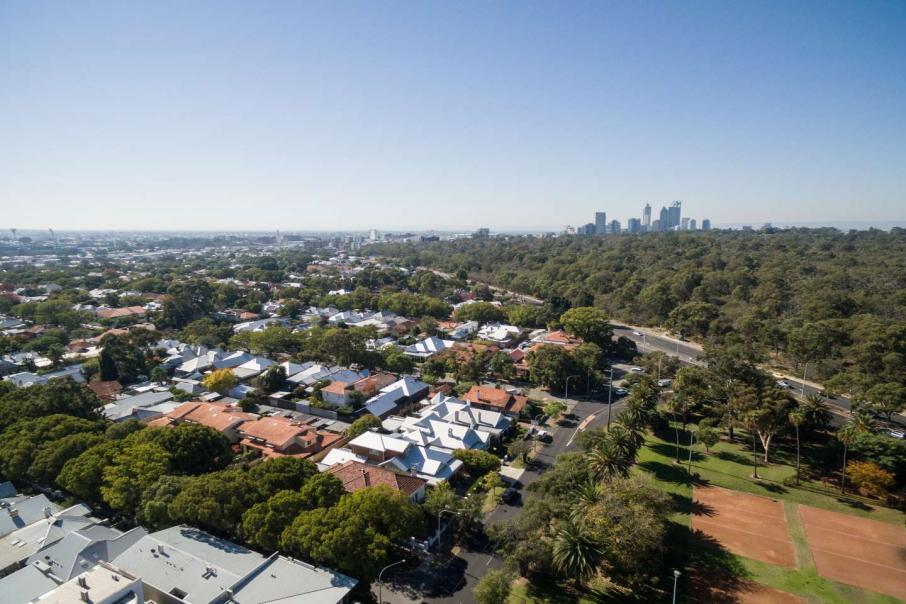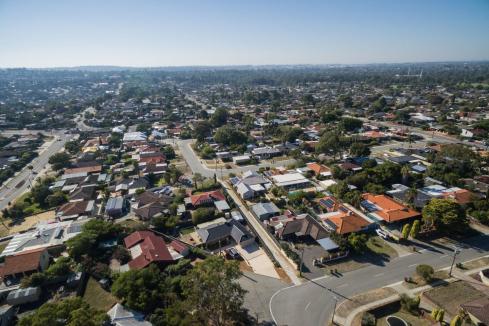Perth’s residential vacancy rate continued to decline over September to 0.96 per cent – only the third time in 40 years it has fallen below 1 per cent.


Perth’s residential vacancy rate continued to decline over September to 0.96 per cent – only the third time in 40 years it has fallen below 1 per cent.
The latest data from the Real Estate Institute of Western Australia found Perth rental listings fell by 8 per cent to 2,926 over the month.
REIWA president Damian Collins said the vacancy rate was tracking to reach the lowest rate the institute had seen since March 2007, which at the time had dropped to 0.8 per cent.
“We have certainly hit a rental crisis where tenants looking for a rental will potentially find themselves unable to find a home,” Mr Collins said.
“In addition, the reduced supply is putting upward pressure on rents with property managers on the ground finding increases in rent are occurring on new leases, as prospective tenants are in competition with each other to secure the limited supply.”
Mr Collins said during this time, the institute would typically see investors enter the market and increase stock levels, however instead it was seeing low levels of investor activity.
“WA has approximately 17 per cent of properties purchased by investors, whereas we would normally expect to see investors buying 30 per cent or more of the available properties,” he said.
“At the same time, we still have investors exiting the market, meaning the supply of rental properties is not sufficient to keep up with demand.”
That 17 per cent figure, was up from 14.5 per cent in April, according to CoreLogic, which also found that rental values across Perth grew significantly higher than the national average at 4.8 per cent in the year to September.

However, that growth in rental values is potentially hindered by the existing residential rental relief measures put in place during COVID-19.
Mr Collins said if investors were not encouraged back into the market, the rental crisis would get worse.
“To entice investors back into the market and increase stock levels, we need to ensure that the emergency residential tenancy laws are removed in March 2021,” Mr Collins said.
“The government needs to send a clear signal to the market that they have no intention of extending the legislation further if we remain relatively COVID-19 free.
“Otherwise investors will continue to sit on their hands and make a bad situation even worse.”
Opportunity for investors
Momentum Wealth Residential Investment Committee chair Emma Everett said tightening rental stock, as well as relative market affordability and continued growth indicators were providing an opportunity for investors to enter the Perth market at a reasonable price point, while benefiting from strong rental yield before further price growth.
Ms Everett said while many investors were awaiting the end of temporary COVID-19 legislation, this could also come at the cost of higher competition.
“With quality stock already hard to come by in many of our investment-grade suburbs, and days on market reducing as a result, buyers who wait for further indicators of market improvement risk entering the market when there is less stock to choose from and increased competition for high-quality properties, which could mean paying more to secure a property in their desired area,” Ms Everett said.
“While these conditions are now translating into resumed headline price figures, competition in many of our approved suburbs has been heating up for some time as buyers compete for a reducing pool of properties, with high quality stock moving very quickly as a result.
“Our buyer’s agents are seeing investment-grade stock go under offer in as little as one to two weeks in these high demand areas, often with multiple competing offers.”
Data from REIWA showed houses sold 27 days faster in September 2020 compared to the same month the year prior, taking a median of 28 days to sell compared to 55 days.













